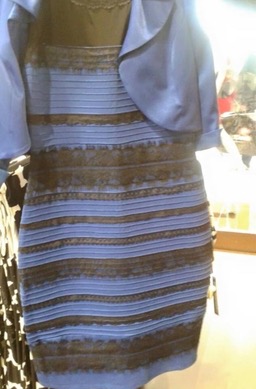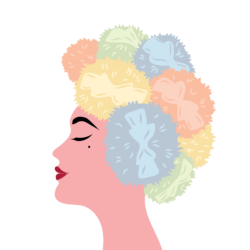
Color perception is fascinating—what we see often isn’t what others see. A perfect example is the viral “blue and black” or “white and gold” dress, which showed how differently people can interpret the same image. This phenomenon applies to makeup as well. Consider red lipstick: in one setting, it can look bold and daring, while in another, it might seem soft or even muted. Lighting, individual perception, and context all play a role.
The viral debate over the “blue and black” or “white and gold” dress stems from how our brains interpret color based on perceived lighting. Some viewers assume the dress is in shadow and discount blue tones, seeing it as white and gold, while others perceive it as lit by natural light, seeing blue and black. Our brains adjust based on assumptions about light sources, influenced by personal experience with light, which leads to different interpretations of the same image. Circadian rhythms and prior exposure to light also contribute to these visual differences, rather than factors like age or gender.
This variability makes communication essential between a makeup artist and client. But beyond that, makeup serves as a visual language. Despite differences in how colors are perceived, makeup is used to convey a mood, emotion, or message.
If we all perceive colors differently, how do we ensure our makeup speaks the message we intend?
P.S. I see white and gold!

